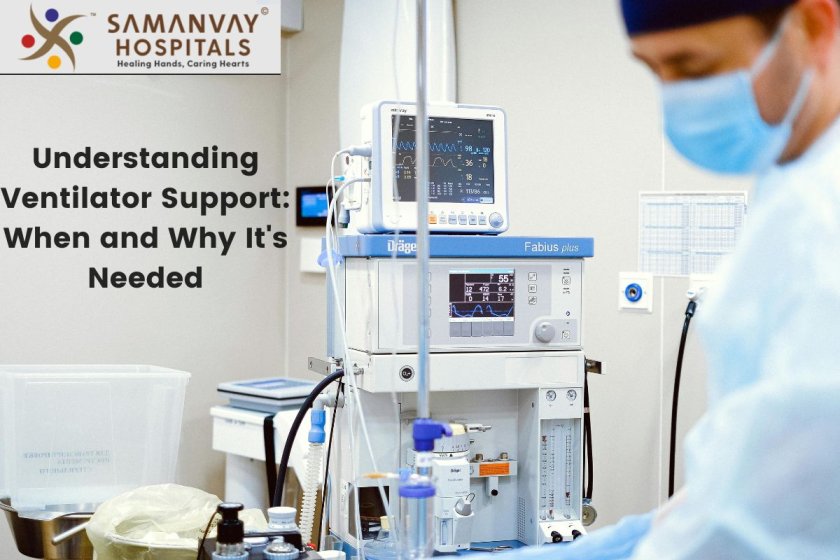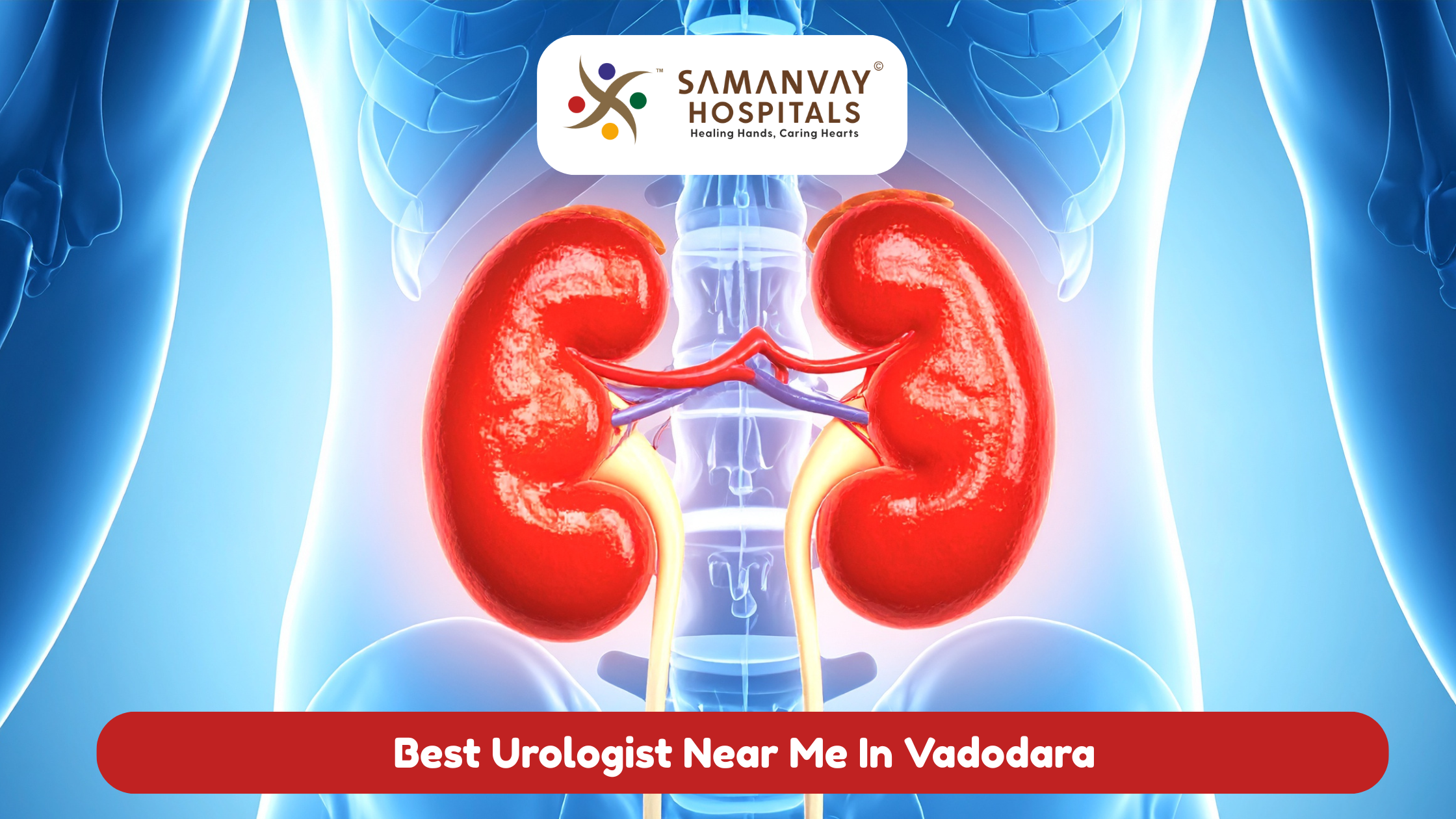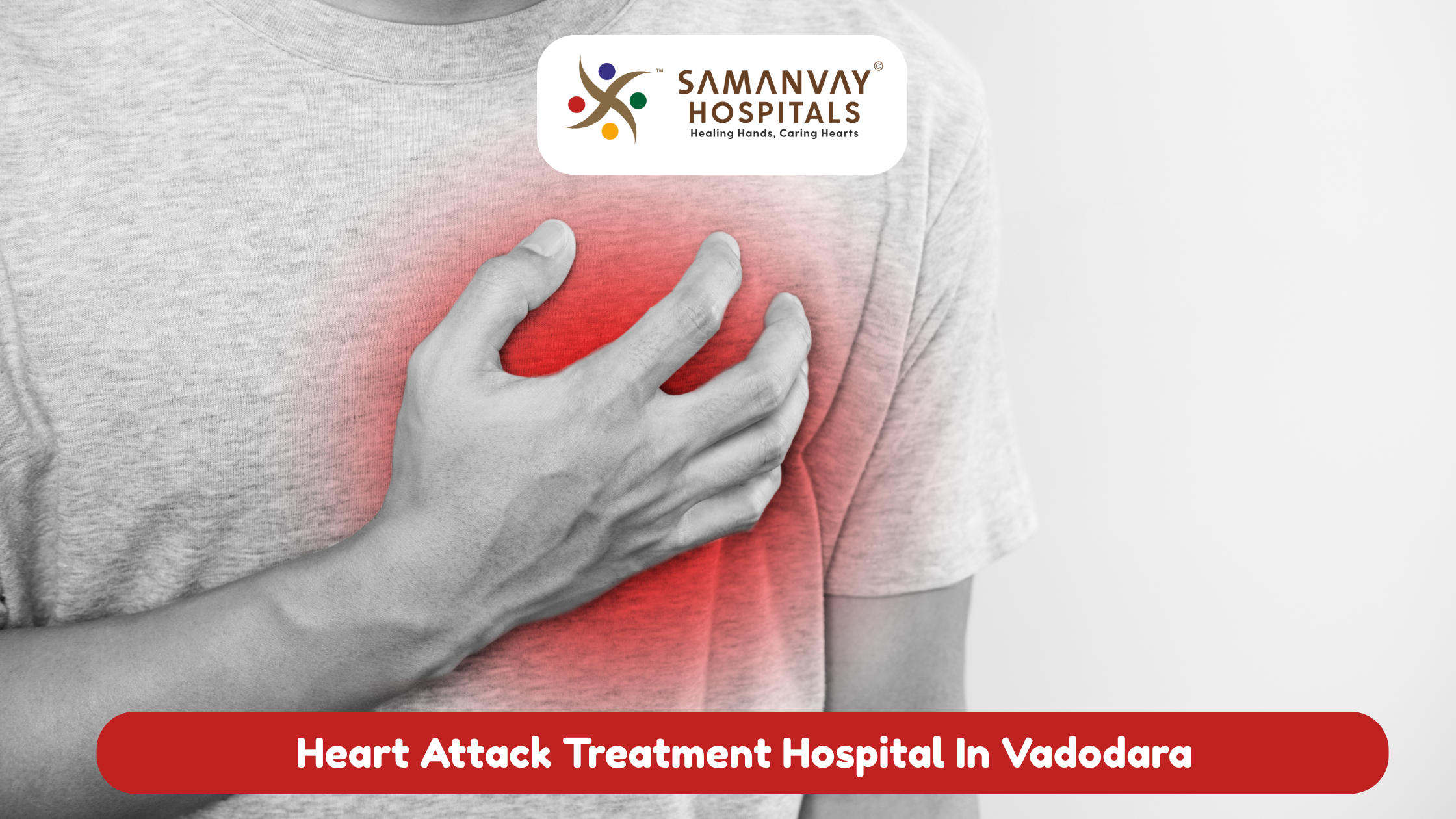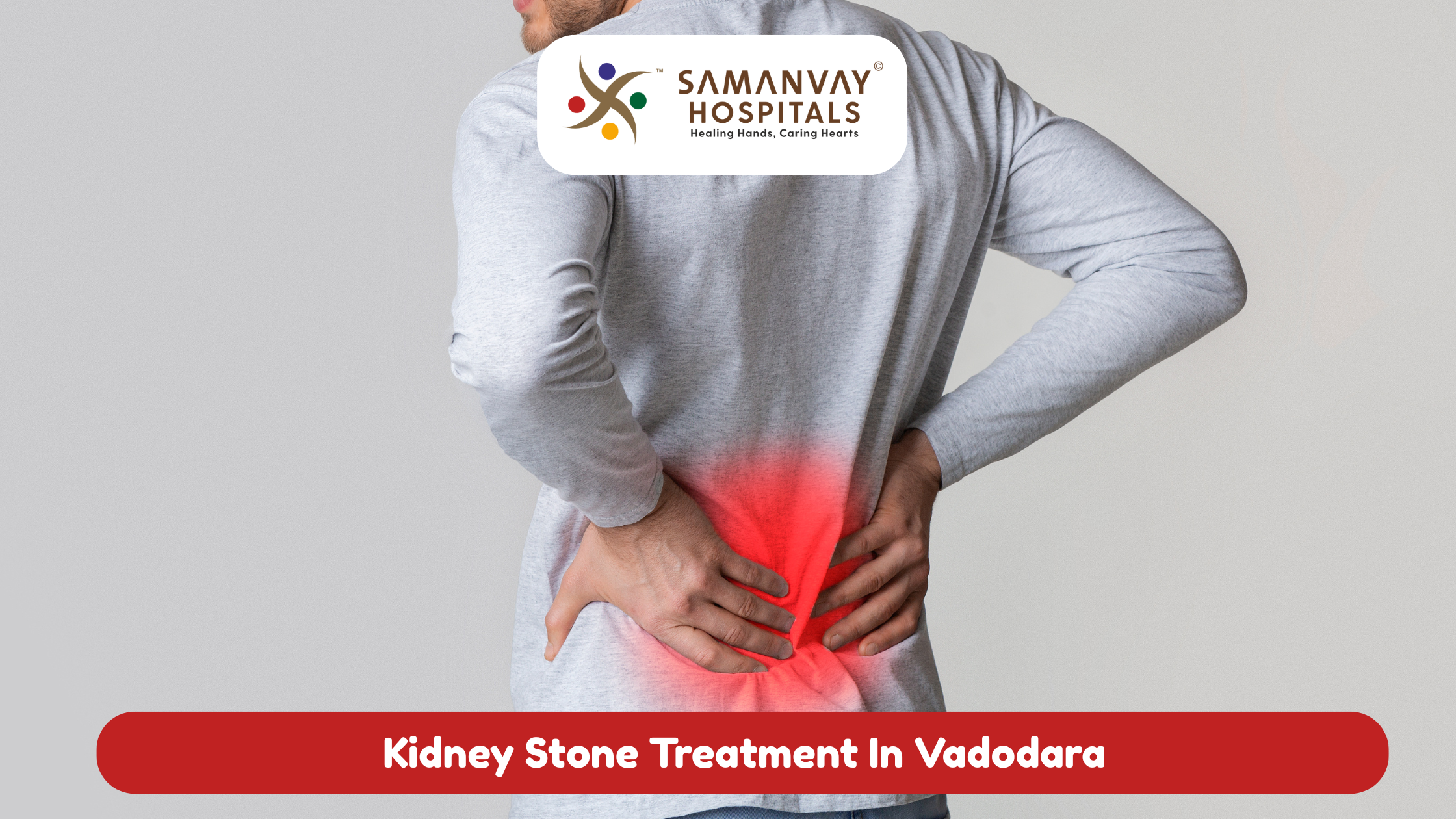
Ventilator support is a type of supportive care for patients in terms of breathing when patients cannot breathe on their own. This support is mostly located in the hospitals. When a patient is not able to breathe, ventilation can be administered to provide enough support for the patient. This article explains why ventilator support is required, how it works, and situations where it is important.
What is Ventilator Support?
One of the types of support is ventilator support, which helps a patient breathe. It assists the patient by adding oxygen and removing carbon dioxide. Some patients require this support since they cannot breathe on their own. Ventilators are very important for serious illnesses or respiratory failures.
Why is Ventilator Support Needed?
Some disease conditions weaken the lungs. It could be pneumonia, COVID-19, or just any other respiratory condition. Generally, these are unfavourable to breathing. Therefore, in this case, aid from a ventilator will be needed.
However, ventilators also come in use when performing surgeries. The patient may need general anaesthesia during some surgeries. While putting the patient under anaesthetic, one cannot breathe independently. The ventilator offers oxygen and holds the patient stable during the procedure.
When Do Patients Require Ventilator Support?
Generally, patients need ventilators in the event of severe breathing infections. For example, there are conditions like pneumonia or asthma that call for the application of ventilators. Moreover, patients with serious lung injuries will require such assistance.
Some patients may be put on ventilators just after having a heart attack. Heart failure also causes patients to have breathing problems. This is because ventilator support supports the heart and the lungs.
Furthermore, ventilators are also needed by some patients with certain neuromuscular diseases. Such diseases weaken muscles controlling one’s breathing. Thus, the ventilator enables them to breathe.
How Do Ventilators Work?
A ventilator is a machine that pushes air into the lungs. This air contains all the oxygen the body needs. Moreover, ventilators also allow for the extraction of carbon dioxide from the lungs.
In some instances, patients are attached to ventilators using the face mask. In critical cases, one may be required to have the tube inserted. However, this tube travels through the mouth or nostrils to the windpipe. This will ensure the effective supply of oxygen directly to the lungs.
Types of Ventilator Support
Ventilators possess two major types of support:
Non-Invasive Ventilation (NIV): This type uses a mask on the face. For the milder cases, this is appropriate. Among those patients who can slightly breathe, NIV stands out as the best primary option.
Invasive Ventilation: In this option, an instrument known as a tube is inserted into the windpipe. For the acute cases, patients must rely on invasive ventilation. This goes to patients who cannot breathe at all.
Benefits of Ventilator Support
The provision of ventilator support is vital in the care of a patient in critical care. It allows the lungs to rest and recover. Best ICU care Vadodara hospitals provide expert ventilator support for patients.
Ventilators stabilise the oxygen levels in the body. Therefore, they prevent organs from failing. Organs can suffer without sufficient oxygen. Ventilators help prevent serious complications.
Who Monitors Ventilator Support?
Internal medicine specialist Baroda or ICU doctors monitor ventilators usually. They set the machine to provide the right amount of oxygen. According to the needs of a patient, the settings could be adjusted.
Furthermore, 24×7 emergency ICU services are essential for ventilator support. ICU staff ensure round-the-clock care is given to the patients. Hence, any sudden issue can easily be managed by the specialists.
When Can Ventilator Support be Removed?
Ventilator support withdrawal is known as weaning. Weaning is done slowly and cautiously. Doctors check if the patient can breathe independently.
The ventilator settings are gradually reduced if the patient shows improvement. In the final stages, the patient will be able to breathe without support. However, the removal of ventilators from the patient is dangerous sometimes. The doctor checks if the patient is prepared before the removal of the ventilator.
Risks and Complications of Ventilator Support
Ventilators might be saving lives but have associated risks. Patients on the ventilator stand at risk of developing infections. This is because patients undergo natural defence bypass through the usage of tubes instead of their nostrils. Even worse, lung injury can result from its prolonged usage.
Furthermore, using ventilators involves getting pneumonia or lung injury and therefore, ICU teams tend to take fewer risks on patients’ minute progress. Control of infection remains on point in ICU services in Baroda.
Importance of ICU Support for Ventilator Patients
Ventilator patients need special care and monitoring. The best care in the ICU is found in Vadodara, which offers these vital services. Patients need to be monitored continuously so that oxygen levels can be readjusted.
There is an internal medicine specialist from Baroda who specialises in handling ventilated patients. Therefore, they handle complications arising and make appropriate adjustments. These specialists are major assets in ensuring a patient’s recovery is not rough or complicated.
Conclusion
Ventilator support is one of the measures that help save the lives of patients who are seriously ill. This will ensure that they breathe, since they may not be able to do it on their own. Serious lung problems or heart problems and even some surgeries could be the reasons why a patient needs a ventilator.
It reduces the anxieties of the patients and their families by understanding ventilator support. Patients who are ventilated can be managed in time by having emergency ICU services available 24/7. ICU staff and doctors carefully observe all the settings of the ventilator. Therefore, ventilators play an essential role in modern critical care.







